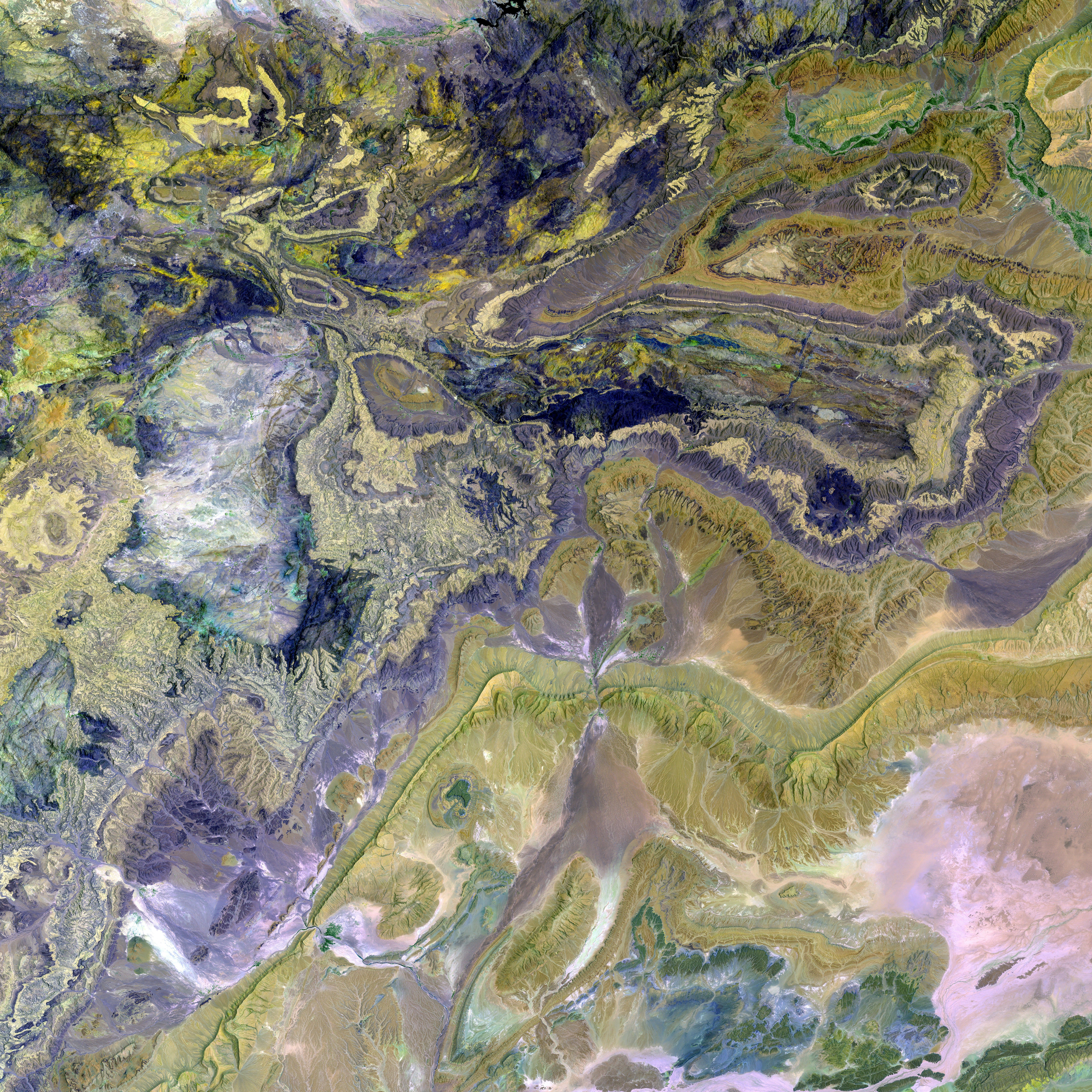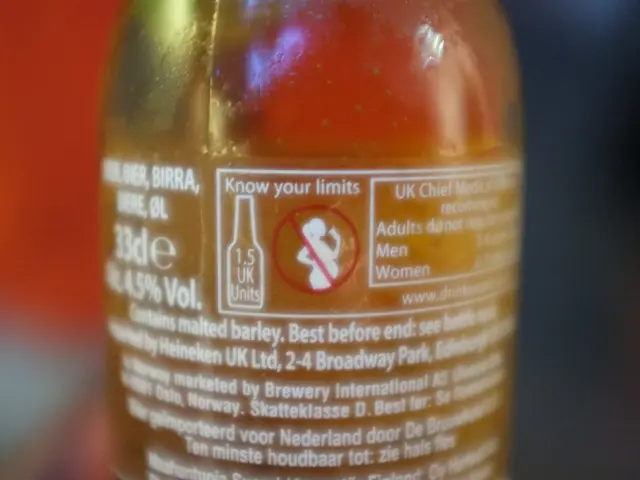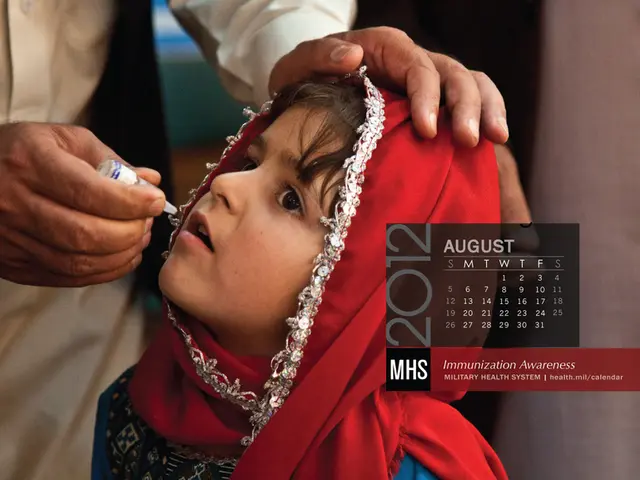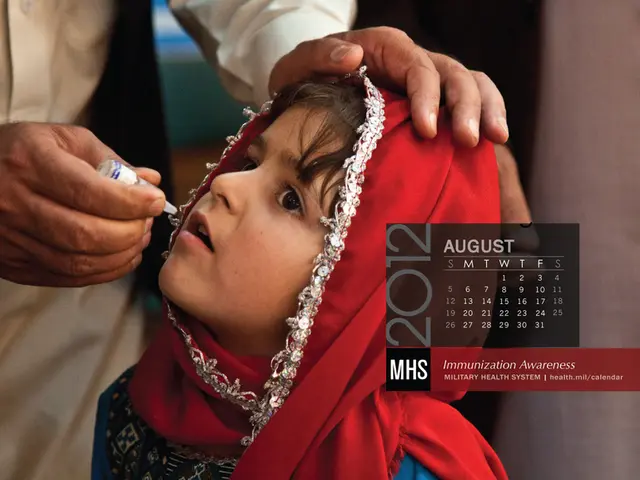Distinguishing age spots from skin cancer: Key signs to watch for in identifying potential malignancies
Laid-Back Guide to Age Spots and Skin Cancer
Freckles and wrinkles, oh my! As you age, your skin can start showing some interesting spots. But hold up a sec, could they be something more sinister? Let's delve into the differences between these marks and skin cancer to put your worries at ease (or at least ease them a bit).
Age Spots vs Cancer: What's the Difference?
At first glance, age spots and skin cancer might seem similar. But unlike their cancerous counterparts, age spots are entirely safe and require no treatment. These spots, also known as solar lentigines or liver spots, appear as flat, brownish patches usually found on sun-exposed areas like your face, hands, and shoulders. They're generally just a sign of your body producing too much melanin to protect your skin from the sun's rays.
On the flip side, skin cancer is a type of cancer that can be dangerous if left untreated. Skin cancer is more likely to develop on areas frequently exposed to the sun due to damage caused by UV radiation. This damage leads to the rapid growth and spread of skin cells, which is a no-no. Skin cancer can come in various forms, such as basal cell carcinoma, squamous cell carcinoma, and melanoma. Actinic keratosis, a precancerous growth, may also present itself, looking quite similar to age spots.
Don't Worry, Just Keep in Touch
While age spots cannot transform into cancer, acts of precancer like actinic keratosis can potentially develop into the real deal if not treated timely. That's why it's crucial to keep tabs on any new or changing marks on your skin, and consult a healthcare professional if need be.
Can you Spot the Differences?
Understanding the differences between age spots and skin cancer can be as easy as comparing apples to oranges. Age spots tend to be flat, smooth, and defined, with clear borders. They're typically yellow, brown, or gray, and range in size from a few millimeters to several centimeters. On the other hand, skin cancer might exhibit symptoms like asymmetrical shapes, irregular borders, and changing sizes, colors, or locations. You should also watch out for sores, bleeding, crusty or scaly patches, and growths that don't heal within four weeks.
Time for a Checkup?
Should you notice any marks on your skin that seem unusual, it's time to chat with a doc. They'll evaluate the spot based on its appearance, texture, and placement to determine if it's likely to be anything other than an age spot. If they're unsure, a skin biopsy may be performed to rule out other conditions like skin cancer or precancerous growths.
Treatment Time, Baby
Since age spots are harmless, they don't usually need any treatment. However, if you're bothered by their appearance, you can explore options like creams, lotions, laser therapy, cryosurgery, microdermabrasion, or chemical peeling to minimize their visibility.
For skin cancer, treatment depends on factors such as the type and stage of cancer and your individual situation. Surgery, topical therapies, radiation therapy, chemotherapy, immunotherapy, and systemic medication might be recommended to remove or stop the growth of cancer cells.
So there you have it, folks! Now you know how to tell the difference between age spots and skin cancer, and when it's time to consult a healthcare professional. Keep an eye on those spots, and remember, early detection is key!
- During appointments with medical professionals, it's important to discuss concerns about both age spots and skin cancer, especially considering that some precancerous conditions like actinic keratosis can potentially develop into dangerous forms.
- In the field of dermatology, scientists are constantly researching new methods for diagnosing and treating skin cancer, as well as improving our understanding of various skin conditions such as melanoma, which is a particular type of skin cancer that requires immediate attention.
- For seniors who may be concerned about their skin's health and the appearance of age spots, effective skin-care practices and regular medical checkups can help ensure their skin-conditions are properly maintained and any signs of skin cancer are caught early.
- Alongside the importance of routine medical visits, health-and-wellness practices also play a role in maintaining a youthful and vibrant appearance as we age, reducing the likelihood of developing skin-care issues like excessive age spots and other skin conditions.
- In light of the ongoing efforts in oncology and dermatology to improve our understanding and treatment of cancer, it's crucial for individuals to stay informed about medical-conditions and to seek medical advice when encountering any changes or concerns in their skin.








